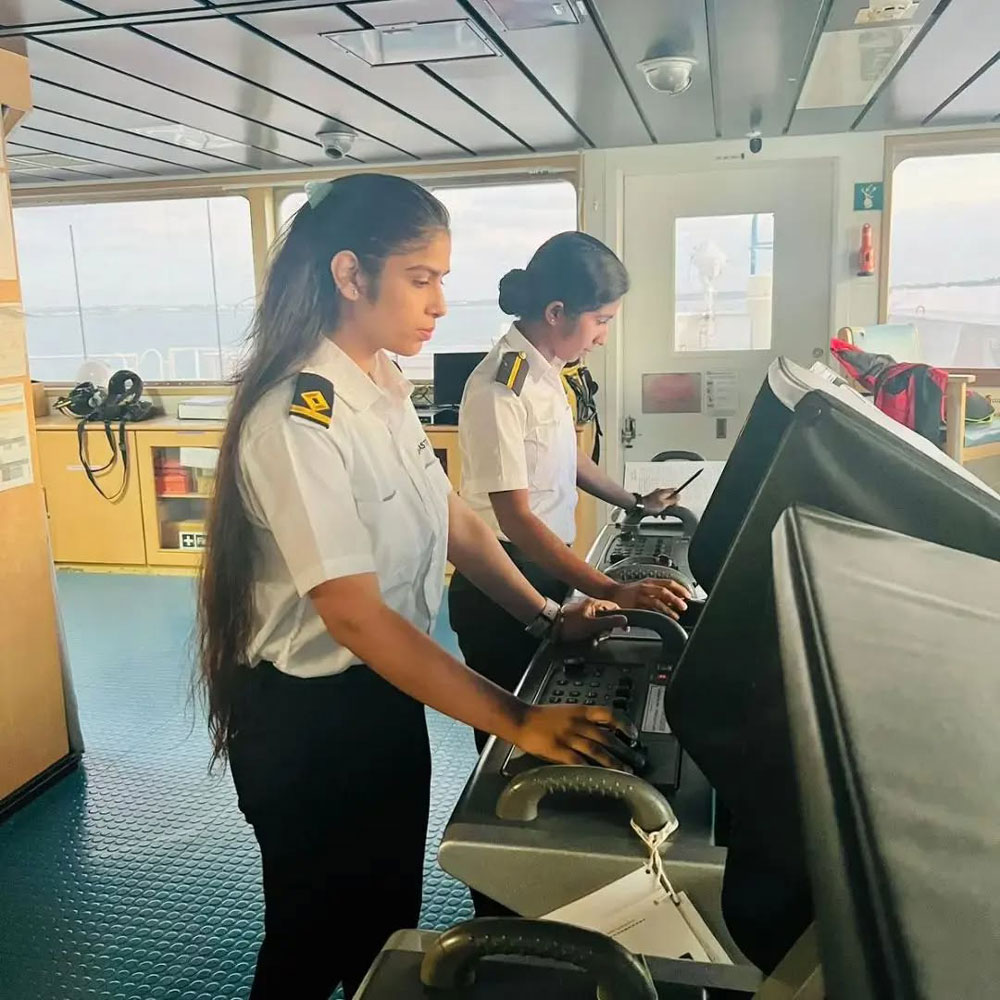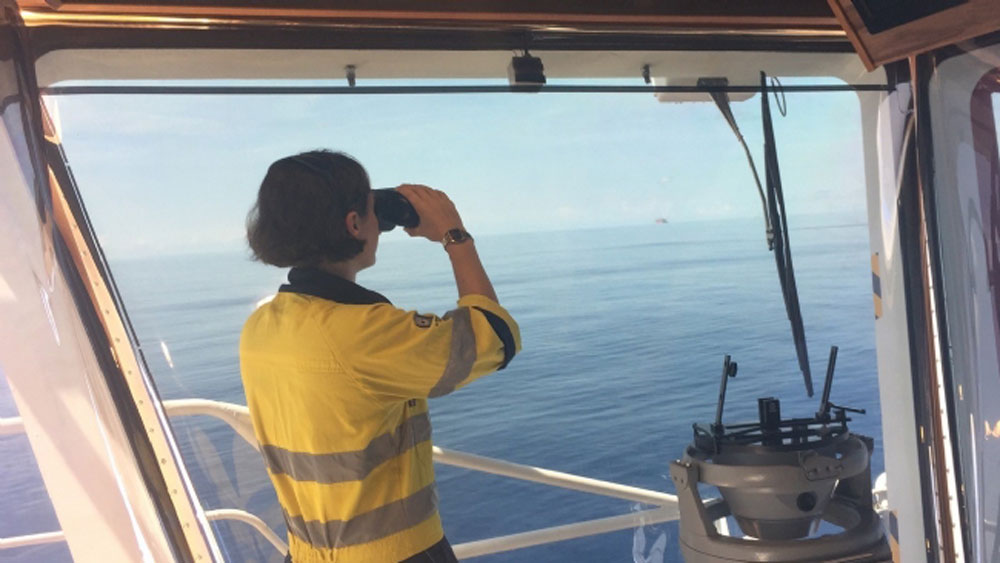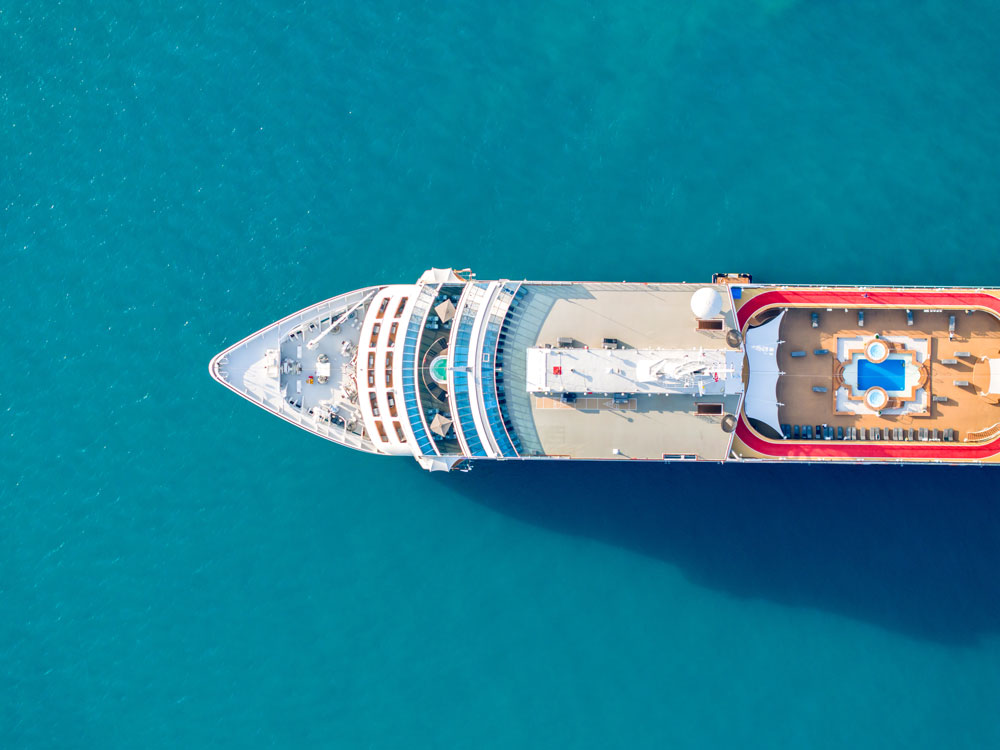A recent survey jointly conducted by the International Maritime Organization (IMO) and the Women’s International Shipping & Trading Association (WISTA) has spotlighted the enduring gender imbalance in the maritime sector, despite growing global calls for equity and inclusion.
The second edition of the IMO-WISTA Women in Maritime Survey, released in 2024, paints a complex picture of both progress and persisting challenges. Conducted every three years, the survey assesses the participation of women across maritime roles - on shore and at sea - and aims to inform gender-sensitive policies while promoting Sustainable Development Goal 5 (SDG 5) on gender equality.

(Image used for representational purpose only)
Key Findings From The 2024 Survey
- Overall female workforce share: Women make up just under 19 per cent of the global maritime workforce surveyed - down from 26 per cent in the 2021 catchment group, despite an increase in the total number of women surveyed (176,820 in 2024 vs 151,979 in 2021).
- Women in national maritime authorities: 19 per cent of the workforce in government maritime institutions are women.
- Women in the private sector (excluding seafarers): Only 16 per cent representation.
- Women at sea: Alarmingly low at just 1 per cent of all seafarers employed by the surveyed organisations - a statistic that has shown minimal improvement over decades.
These numbers are telling. While the 2024 report saw broader participation - more Member States and private companies submitted data - the actual proportion of women in the industry reflects systemic barriers that continue to block their entry and growth.
Historical Context
The gender divide in the maritime sector isn’t new. Traditionally considered a male-dominated industry, women were often relegated to shore-based administrative roles or excluded altogether. According to a 2015 BIMCO/ICS Manpower Report, women made up only 2 per cent of the world’s maritime workforce, a figure largely unchanged until recent years.
Although IMO launched the Women in Maritime programme as early as 1988, tangible shifts have been slow. Cultural stigma, lack of representation in leadership, inadequate safety protocols for women on board, and the absence of family-friendly policies have all contributed to the glacial pace of change.
Encouragingly, the 2024 report highlights better female participation in emerging areas like:
- Environmental, Social and Governance (ESG) services
- Decarbonisation initiatives
- Training and education roles
However, more traditional sectors like bunkering, technical operations, and legal maritime services saw either stagnant or declining female representation.

(Image used for representational purpose only)
Leadership, Policies And Progress
Beyond workforce numbers, the survey sheds light on the leadership gap - women remain underrepresented in senior roles, despite comprising a growing number of maritime graduates. Issues like the gender pay gap, limited access to promotions, and safety concerns at sea deter many from advancing or even entering the industry.
This report is more than just data - it’s a rallying cry. With its findings, IMO and WISTA hope to arm governments, shipping companies, and training institutions with the information needed to dismantle barriers and create a more equitable industry.

(Image used for representational purpose only)
Did You Know?
- In the early 2000s, fewer than 5 per cent of licensed maritime officers globally were women.
- A 2021 study by the International Transport Workers' Federation found that 60 per cent of women seafarers had experienced gender-based discrimination or harassment at sea.
Change is happening, but not fast enough. With better data, policy reforms, and cultural shifts, the maritime sector can move closer to becoming a space where women are not just present - but powerful.